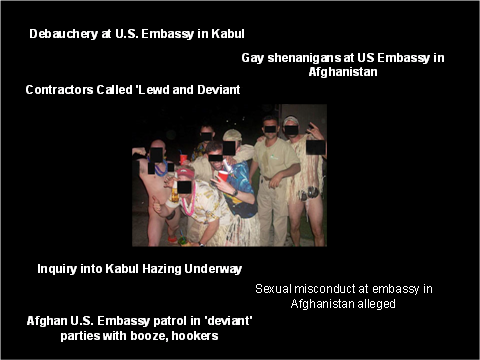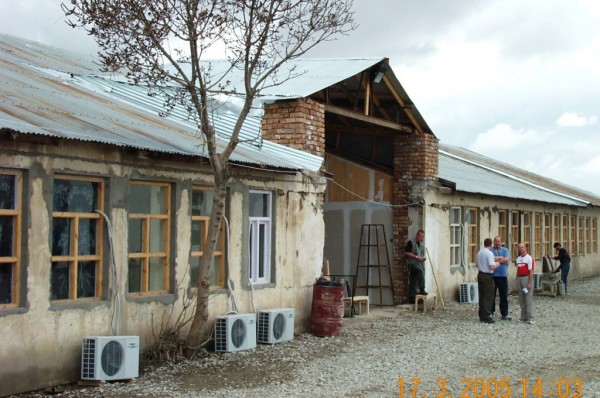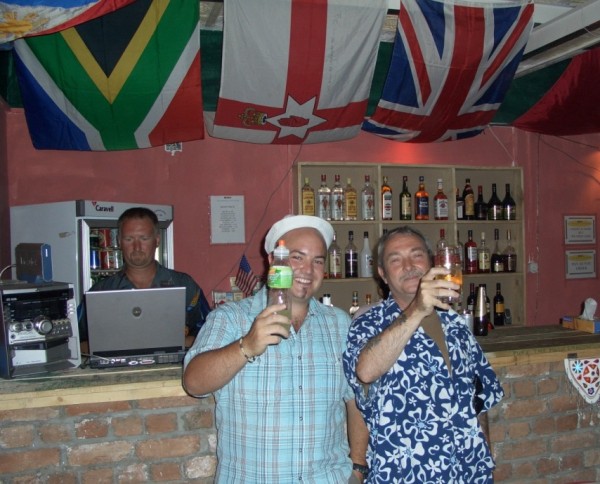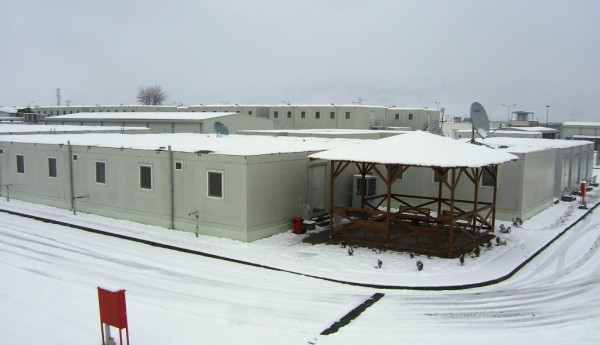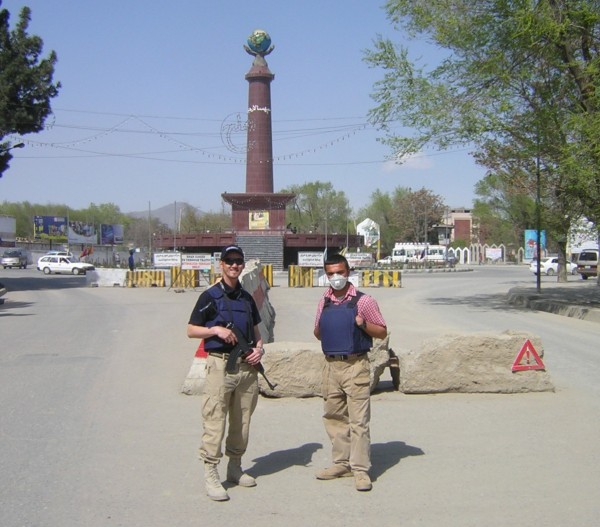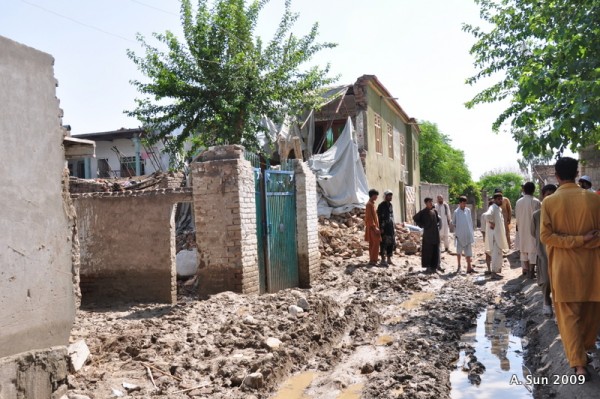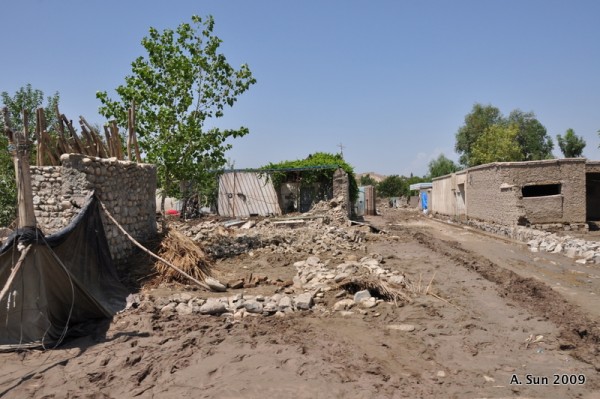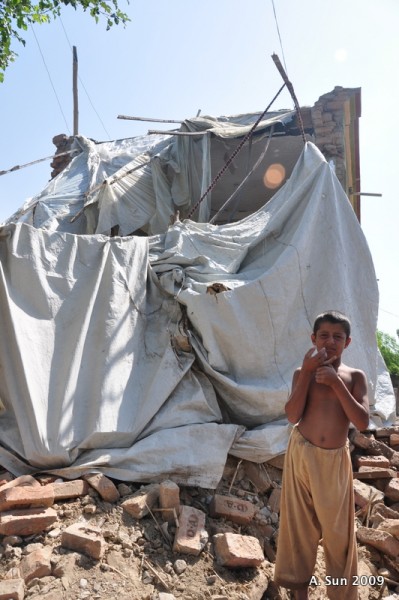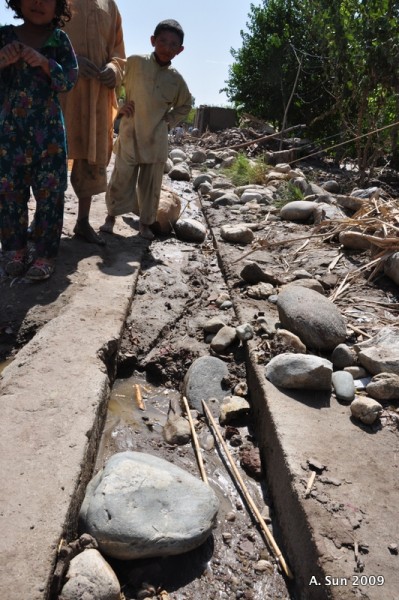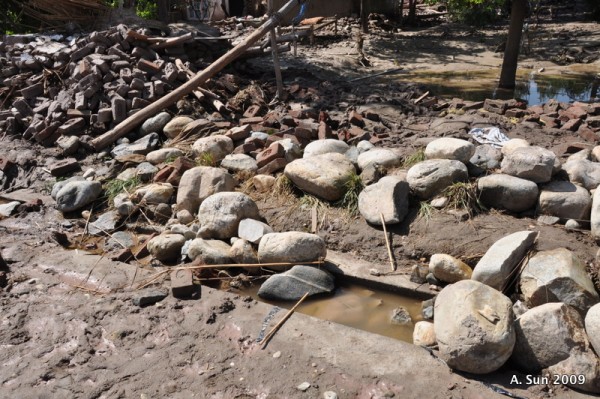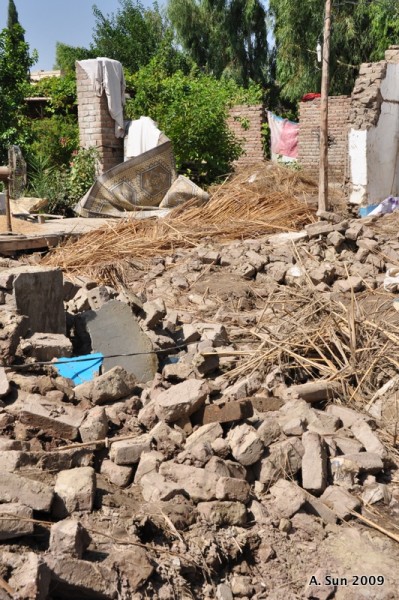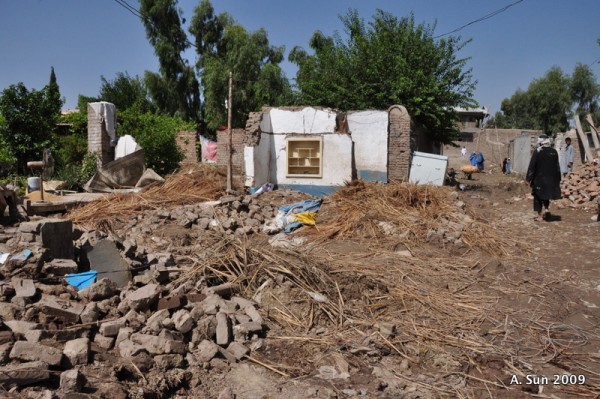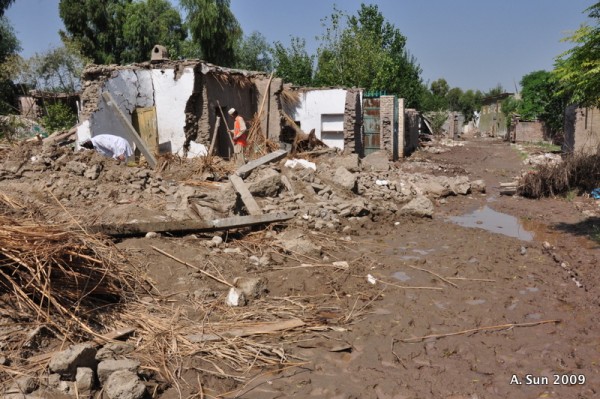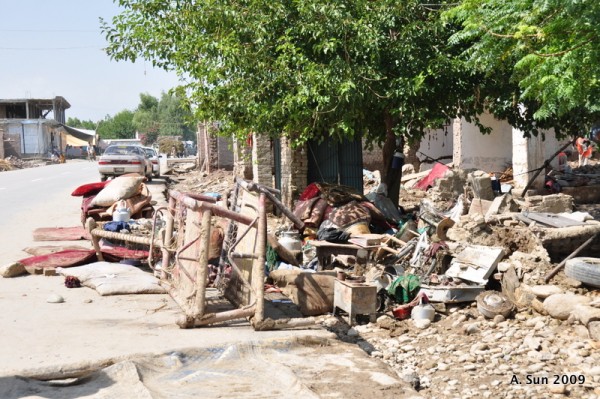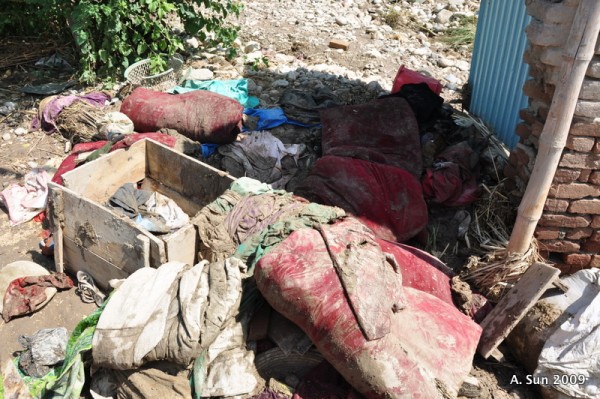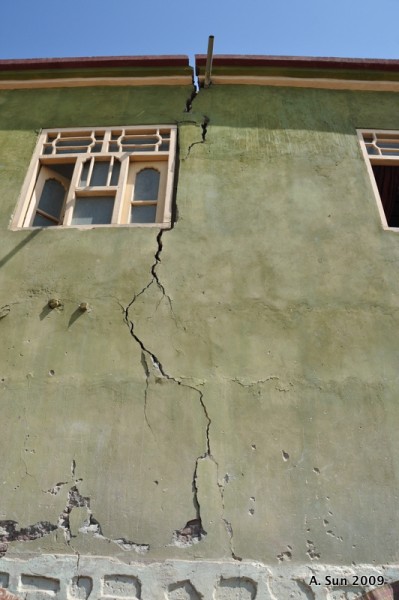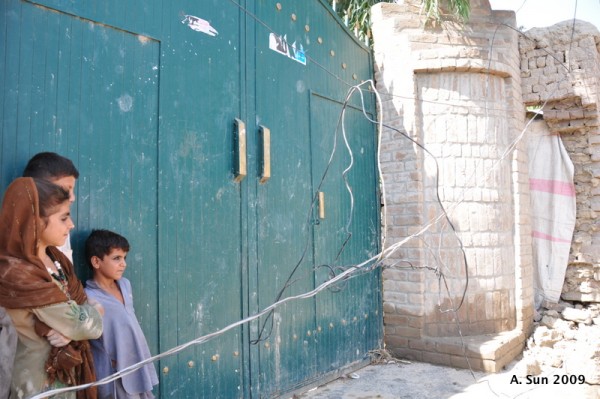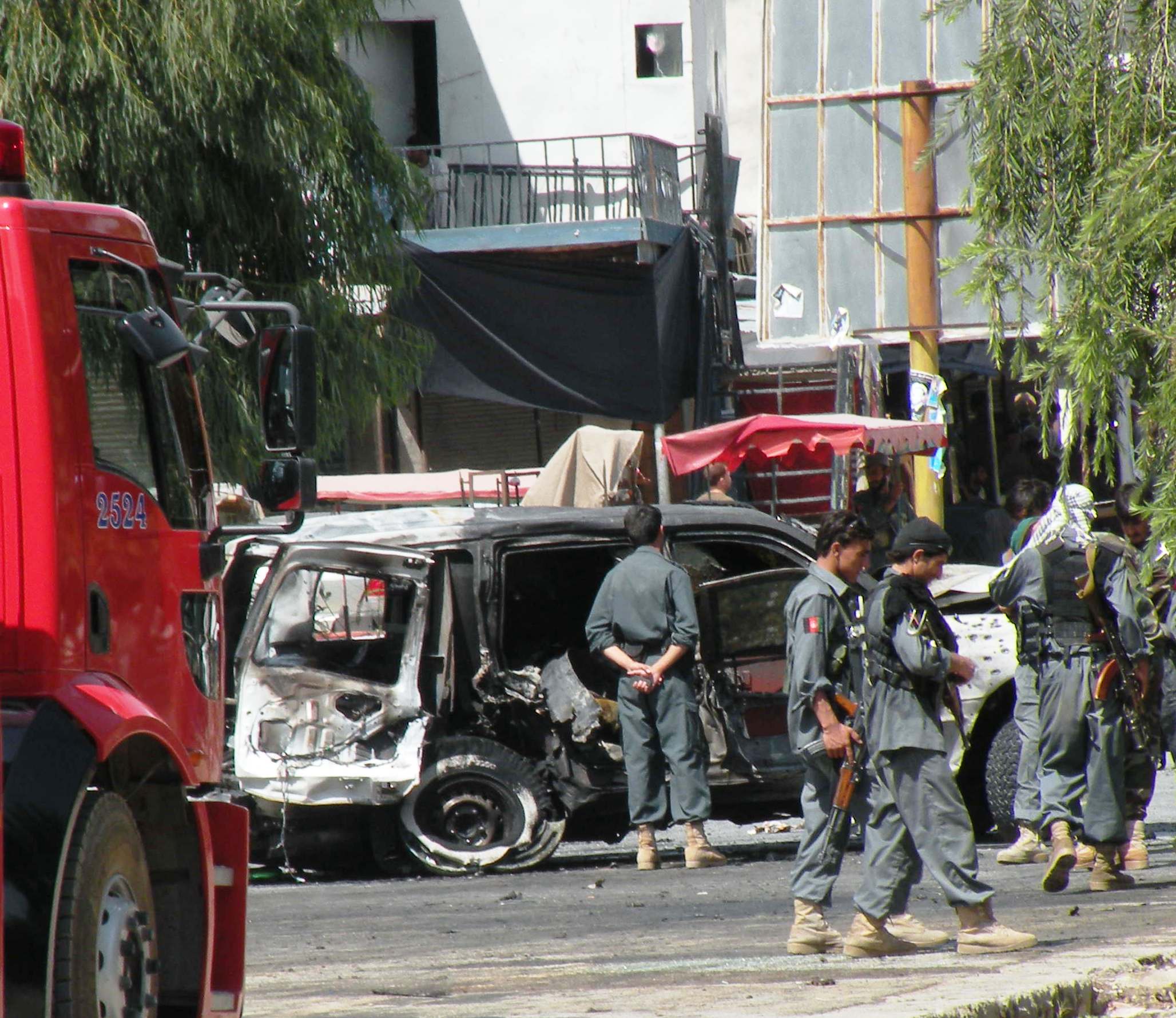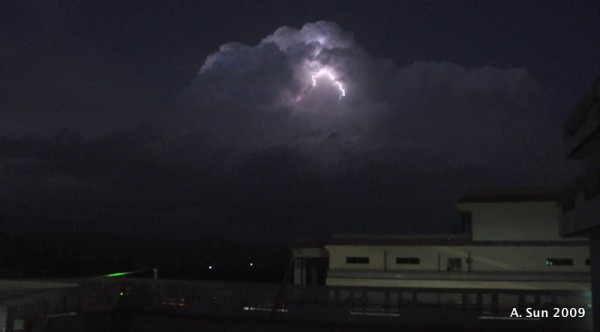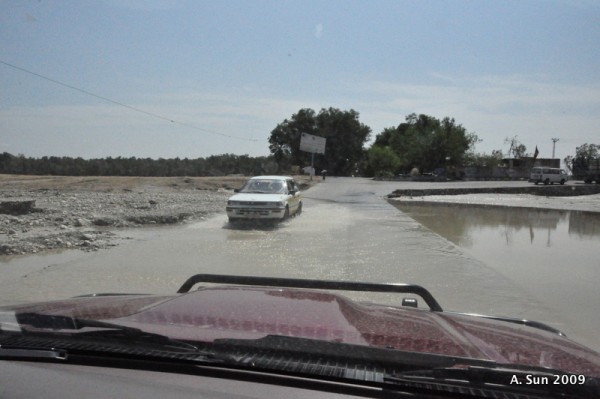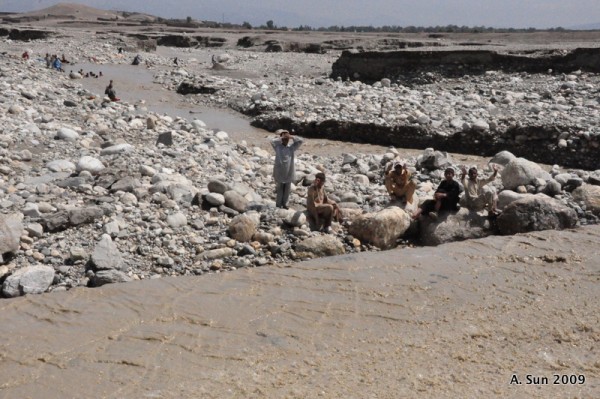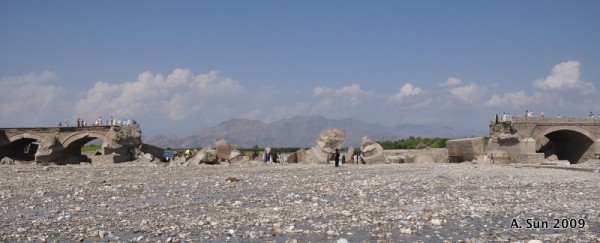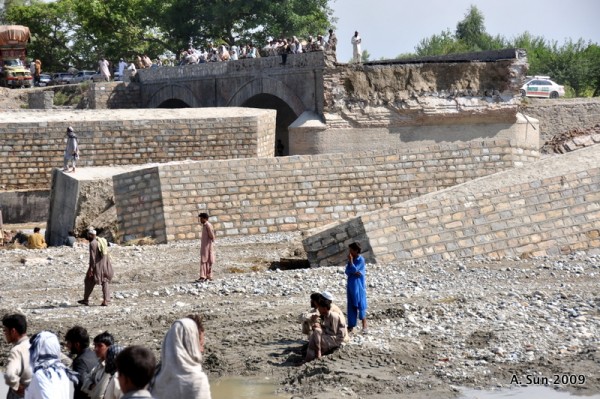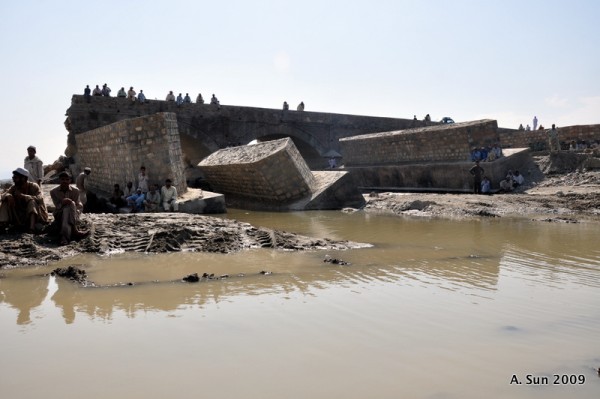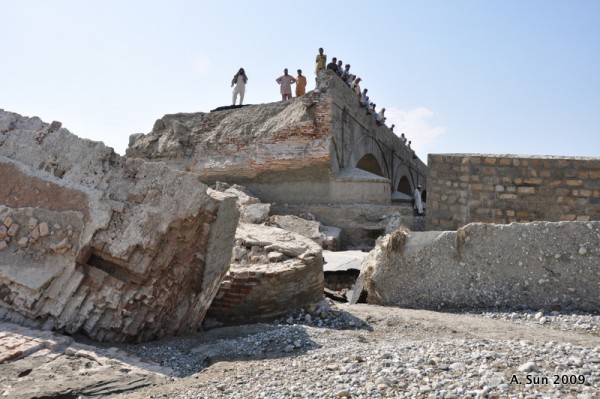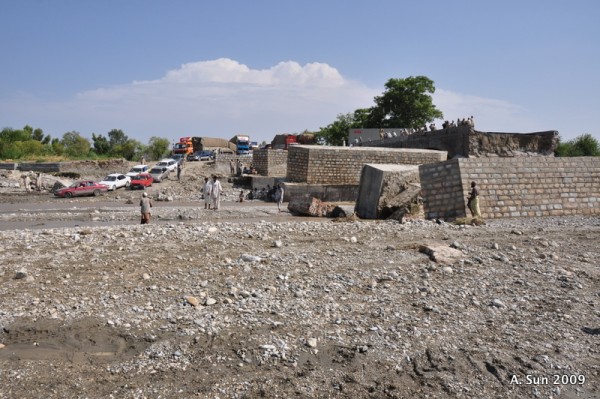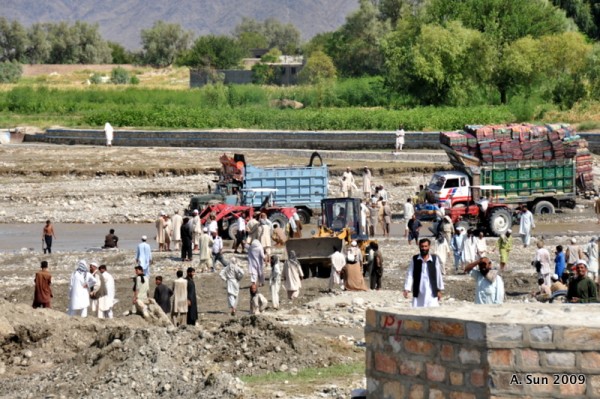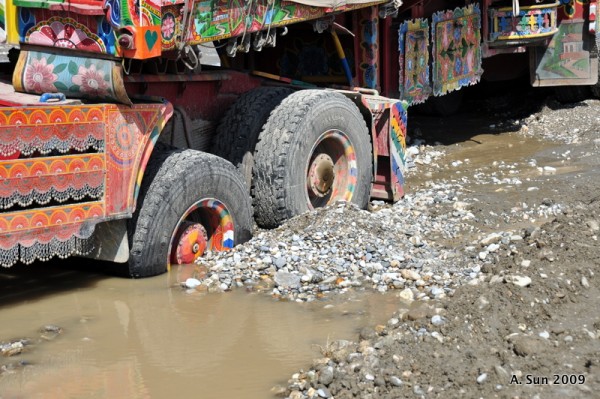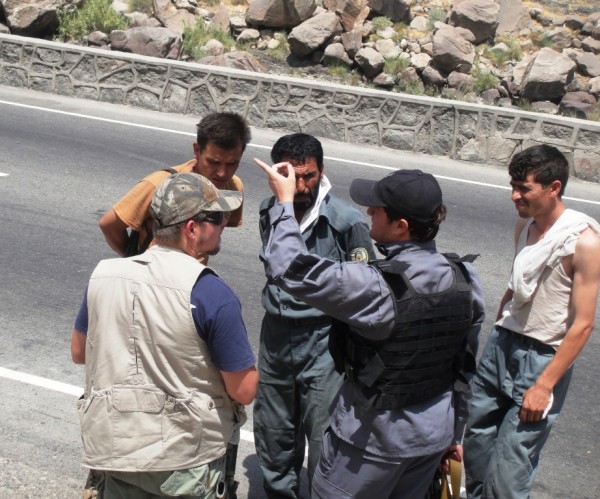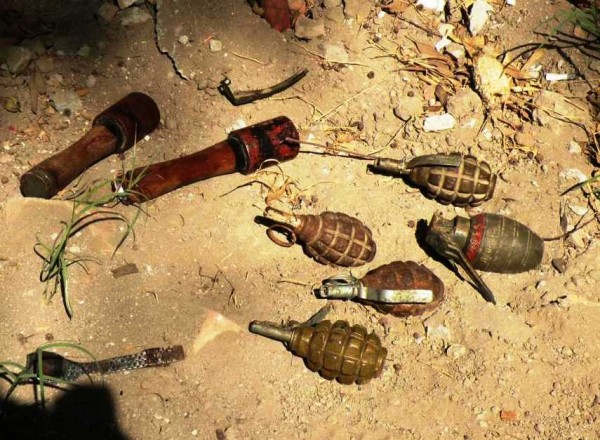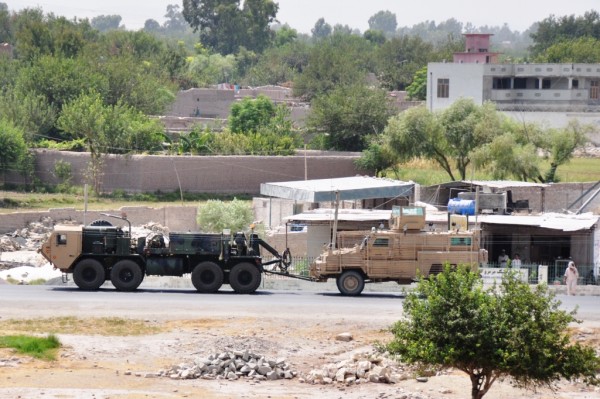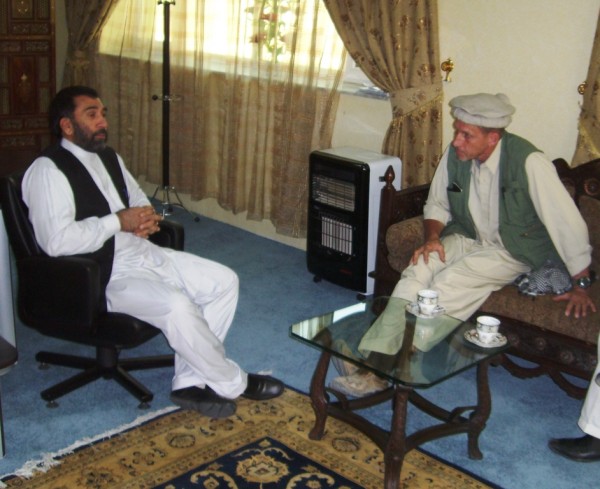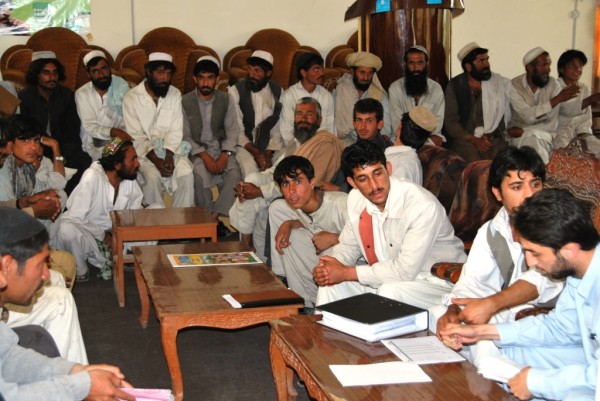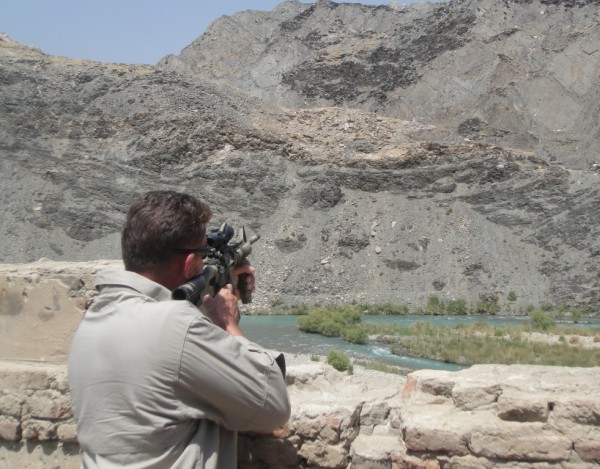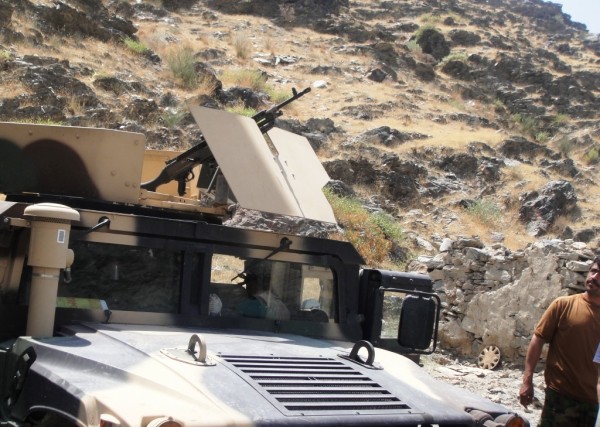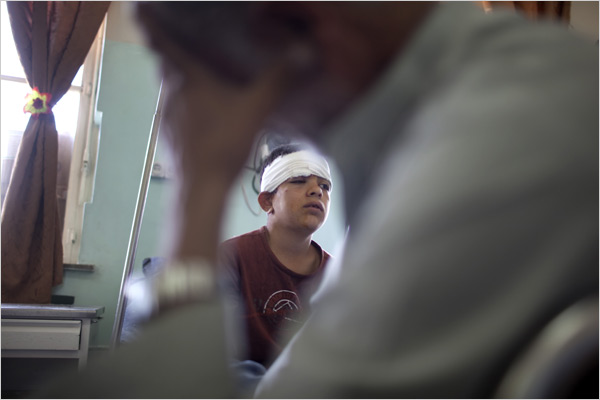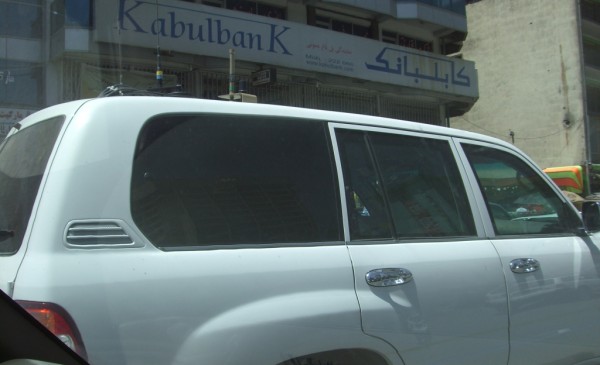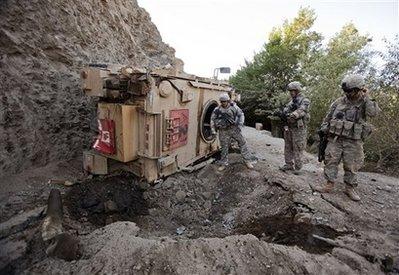A few days back I was reminiscing with my good friend LtCol Jeff Kenny, USMC who is leading the Embedded Training Team (ETT) efforts here in the eastern region. We were talking about Gunny Donvito who developed the close combat training that has ultimately become the Marine Corps Combative program. The Gunny – who retired as a Master Sergeant years ago – was a very big, stout individual who was serious about the need to train Marines to kill people correctly. His work at Paris Island, where he started LINE training and the pugil stick octagon, had earned him a billet at the Basic School where he could formalize his program using the doctrine writers at Quantico while simultaneously training newly commissioned Marine Officers on the finer points of hand to hand combat. Jeff and I were Infantry Officer Course instructors back then and a few of us plus the boss and Gunny Donvito were in West Point talking to a then obscure Army Lieutenant Colonel named David Grossman who would become the top police trainer in the world and is the developer of Killology – check the website it is awesome and I have blogged about Killology in the past here.
We were heading out to a local eatery/bar and asked the Gunny to join us. The Gunny didn’t drink which we knew and we were really trying to get him to be the driver but he said no. “Why?” we asked and he said, “Sir, there are stupid drunk people in bars and often they think it is funny to pick on guys my size; but if you buy a ticket from me you get the full ride. Then I”ll have a murder rap and the cops will put me in jail where I won’t be able to sleep with my wife or play with my son and I can’t take that chance.” We loved Gunny Donvito despite his propensity for beating us up in “Room of Pain” training sessions – he was a classic.

Tonight LtCol Kenny is in the Kunar Province taking over for one of his team leaders who was wounded during an ambush at a small little shit hole called Ganjagal yesterday morning. Four of his Marines were killed in that fight. That is grim work for a commander and I feel for my friend Jeff. There was a reporter (Jonathan Landy) from McClatchy news service embedded for this mission and his story is here. It seems that indirect and air delivered fires were denied to the men in contact because the Taliban had ambushed them using a village as cover and that would fall outside the newest use of force guidelines. As is most often the case Herschel Smith at the Captains Journal is out in front of the issue and his reasoned assessment can be found here.
The news reports indicated that the four Marines who were killed in this fight were hit in the opening moments of the ambush and therefore it is not reasonable to assume that the liberal application of artillery or air delivered ordinance could have saved them. This is the way combat often works – the side on the receiving end takes casualties as the ambush goes off and then both sides enter into a protracted skirmish of fire and maneuver until one side breaks contact or breaks in the face of aggressive maneuver and/or fire. In this fight it is clear that the Afghan/American team was set up and walked into an ambush. It is also very clear that their ability to extract themselves from that ambush was hampered by the refusal of higher headquarters to allow indirect fires due to the proximity of local non combatants in the village. It also seems that the women and children of the village were busy shuttling ammunition to the entrenched fighters and therefore vulnerable to the effects of said ordinance.

This is Afghanistan. The new commander, Gen McChrystal has promulgated orders designed to further limit collateral damage. I applaud his approach and have written repeatedly on topic of inflicting unnecessary civilian deaths. But here is the thing; when you buy a ticket from us you need to get the full ride. Every time. No exceptions.
Look at this quote I pulled from an interview with Air Force Lt Gen Gilmary Hostage:
“The first thing we do is fly over head, and the bad guys know air power is in place and oftentimes that’s enough. That ends the fight, they vamoose,”
Say What? You really think that the ambushers described in yesterdays fight were going to break and run because they heard an A-10? This is too stupid for words and I am exercising great restraint by not breaking into a signature rant. But my God has this senior General read one after action report from the Marines in the Helmand? You know, the reports which repeatedly say that the Taliban will not run from fire that they need to be hit in order to impressed by our fire power?
Counterinsurgency warfare (COIN) focuses on developing a secure environment for civilian activities which means it focuses our efforts on winning the civilian population. COIN is a set of tactics not an operational strategy and COIN tactics are only appropriate for the areas in Afghanistan where the population wants to be helped which is a majority of this country. There are many places where the people do not want our help and it is stupid to try to approach these areas using COIN focused tactics or objectives.
The areas where people are not interested in helping us build infrastructure are a problem which can only be solved by Afghans. The instability in Kunar Province is being financed by timber barons. In Nuristan Province it is gem merchants who finance anti government activity. The villages located in the areas controlled by these anti government forces are hostile and there is nothing we can offer these people which will bring them onto our side – seven years of experience tell us that – so why do we continue to try doing the same thing over and over expecting a different result? We are never going to get enough troops here to do a proper “clear, hold, build” program going countrywide and even if we did the State Department and US AID will never supply the manpower they said they would provide to stand up “District Stabilization Teams.”
We cannot reach out to people who have displayed seven years of belligerence, they are Afghans and their problems can only be solved by Afghans. When we go into hostile villages like Ganjagal it should be a fully supported advance to contact and if they attack us they need to be crushed – all of them.
With a very modest infusion of cash an implementing company operating like we operate now could fix every irrigation system in Nangarhar Province within 8 months. One American and the rest Afghans on the project and maybe 2 to 3 million and bingo every Karez and every intake of every canal could be refurbished, reinforced with stone masonry and the people of Nangarhar would be set up for success and happy.
But you have to be operating outside the wire to do that and there are not that many of us out here doing that at the moment. What is more alarmng is that the space in which you can easily operate is shrinking rapidly. Just this afternoon there was a riot in Ghazni City – here is an eyewitness report:
“The demonstrators moved towards Masoud Chowk area, and the demonstration turned violent. Demonstrators reportedly began throwing stones at ANSF, and ANSF opened fire. The demonstration has apparently dispersed due to the said clash. Casualties have occurred, and initial reports suggest that 4 demonstrators were killed and 8 were wounded.”
Why the riots in Ghazni? A popular local pro Taliban mullah was abducted and murdered and the local people suspect Gen McChrystal and the Americans may be behind this operation (hat tip to Joshua Foust.) The allegation of American involvement in this matter is ridiculous – the American Special Forces are no more capable of operating in Ghazni than they are able to operate on Mars.
I learned how to operate in Afghanistan out of desperation. I had been the country manager for a company that went under and was 3 months in arrears on pay. I started a company and took great risks to do the personal reconnaissance required for winning bids here. I was lucky – able to learn through trial and error how to safely move in contested areas. I can move anywhere in the east as long as the people at my terminal destination provide escort and guarantee that I am invited and a proper guest. I could have easily been operating that way in Ghazni in 2006. One of the reasons I am able to operate the way I do here is that everyone who deals with my associates and I understands that if they buy a ticket from us they are going to get the full ride. That understanding keeps everyone honest and polite which is how this culture operates for those who have a clue about getting things done in Afghanistan.


